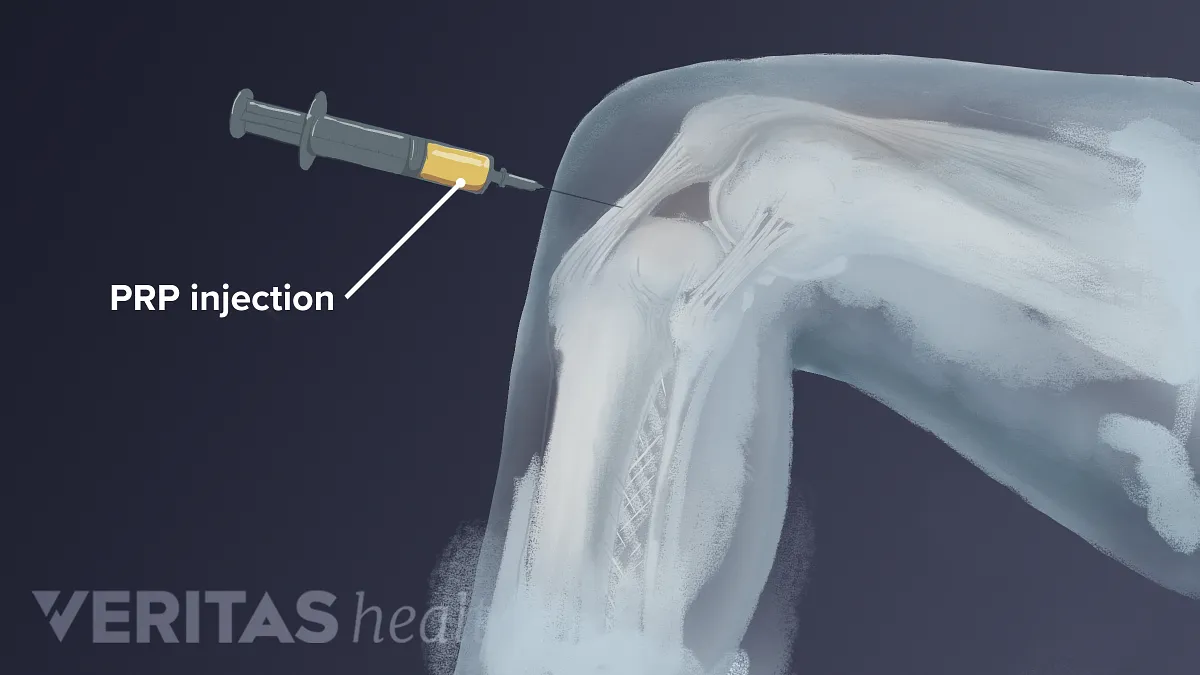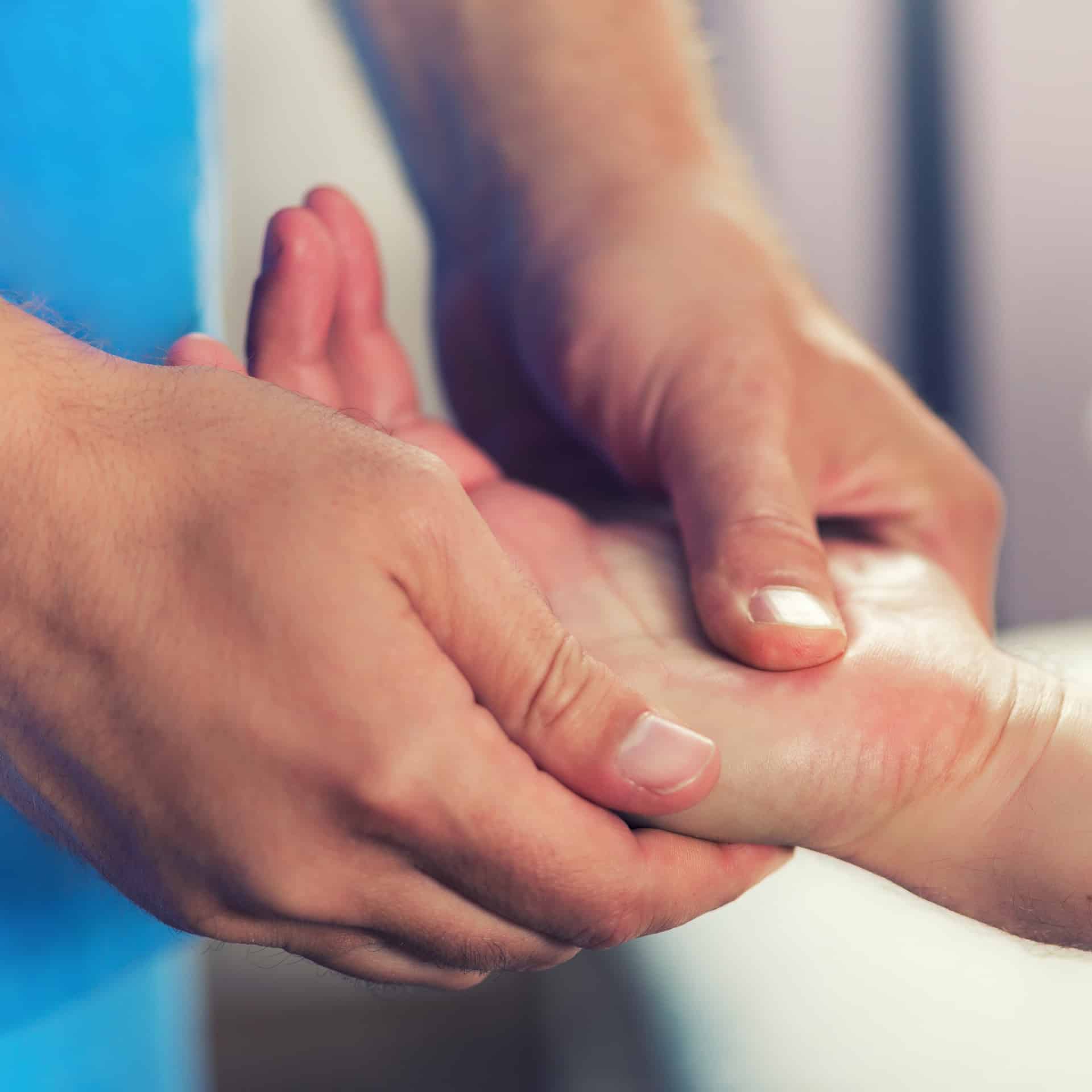Joint pain is an extremely common problem that can have a huge impact on a person's quality of life. In the past, individuals would need to depend on the use of prescription medications and even surgical treatment to help reduce the pain and pain connected with joint pain. However, nowadays, there is a far more natural and efficient way to treat joint discomfort. Platelet Abundant Plasma (PRP) therapy has ended up being progressively popular over the past few years and is getting acknowledgment as a practical treatment option for joint discomfort. This detailed guide will provide an overview of PRP therapy and how it can help treat joint pain. It will cover everything from how PRP works to the different types of PRP treatments offered, in addition to the potential benefits and risks associated with this method of treatment. By the end of this guide, you will have a better understanding of PRP therapy and how it can be used to effectively treat joint pain.
What is Platelet Abundant Plasma (PRP) Therapy?
PRP therapy is a treatment that includes extracting a sample of blood from the patient, separating the platelets within the blood, and after that re-injecting the platelets back into the patient's injured or agonizing joint. Basically, the platelets are what make PRP treatment so reliable. Platelets are naturally taking place blood elements that are rich in development elements. Growth aspects are proteins that promote cellular regeneration and tissue repair work, which is why they are used in a lot of different kinds of medical treatments. By extracting the platelets out of the client's blood sample and re-injecting them back into the patient's injured joint, they are basically supplying their body with the necessary proteins required to start the recovery process. This procedure can help deal with a range of different conditions and injuries such
How Does PRP Therapy Work?
When the platelets are drawn out from the patient's blood sample and re-injected back into the client, they stimulate the healing procedure in the patient's injured joint. The development elements within the platelets are what are responsible for promoting this healing procedure. Essentially, the platelets function as little bio-factories that produce proteins which help to promote the recovery process and speed up recovery time. As the platelets are re-injected back into the client's hurt joint, they trigger the body's own recovery procedure and assistance to reduce the discomfort and inflammation related to the injury. They also assist to promote a more rapid recovery process, leading to less down-time durations and a quicker return to routine everyday activities. By dealing with joint pain with PRP treatment, you can help reduce joint discomfort, increase movement, and speed up your recovery time.
What are the Advantages of PRP Therapy for Joint Pain?
As PRP therapy is so efficient at reducing joint discomfort, discomfort, and inflammation, it is the perfect treatment option for anybody who is struggling with joint pain. PRP therapy has the ability to decrease the discomfort and discomfort associated with joint discomfort by stimulating the body's own healing procedure and naturally accelerating the rate of healing time. PRP treatment is likewise exceptionally successful at helping to increase mobility in the affected joint and decreasing the danger of stiffness and swelling. As the body's recovery procedure is naturally accelerated, you will likely discover that your joint discomfort subsides far more quickly and you will be able to return to your regular daily activities more quickly than you would if you were to rely on prescription medications. PRP treatment is a far more natural and efficient method to treating joint pain, and is incredibly beneficial because it is minimally intrusive and does not need any down period.

What are the Various Types of PRP Treatments for Joint Discomfort?
For each person, there are different kinds of PRP treatments that can be utilized for treating joint discomfort. For example, if you are suffering from knee discomfort, you could go with a PRP injection into your knee joint. This treatment can be used to deal with a variety of conditions consisting of: arthritis, osteoarthritis, rheumatoid arthritis, joint separation, muscle sprains, and tendonitis. There are also various types of PRP injections that can be utilized to treat various areas of the body, consisting of the knees, shoulders, elbows, and wrists.
What are the Potential Threats and Adverse Effects of PRP Treatment?
As PRP therapy is a natural and efficient method to treat joint discomfort and accelerate the recovery process, it is exceptionally safe and comes with really few negative effects or risks. Basically, PRP treatment is just using the client's own blood and there are virtually no threats associated with PRP. Although PRP treatment is incredibly safe and efficient, there are some things to be aware of before going through the treatment. PRP treatment might take a little longer to begin working as it is a more natural and slower procedure than taking medications. It is very important to keep in mind that not everybody will react to PRP therapy, and it is very important to discuss your options with your physician.
platelet-rich plasma treatment for knee painHow to Prepare for PRP Therapy?
Before you arrange a visit for PRP therapy, it is essential to guarantee that it is the best treatment alternative for you. PRP treatment is finest matched for people who are suffering from chronic pain or discomfort that is triggered by an injury or a particular condition. For instance, if you have actually been identified with arthritis and experience a great deal of discomfort and pain in your knees and joints, PRP treatment could be an excellent alternative for treating your discomfort. PRP treatment is minimally intrusive, so there is no need to stress over an intrusive or dangerous surgical treatment. PRP therapy can also be used to treat sports injuries and help speed up the recovery procedure. For PRP therapy, you will need to ensure that you are in good health which your body has no existing health problems or infections. You will likewise require to ensure that you are not taking any blood thinning medications as these can disrupt the effectiveness of PRP treatment.
What to Anticipate Throughout PRP Treatment?
PRP treatment is a fairly easy procedure that takes very little time to finish. The first step while doing so is to draw blood from the patient and isolate the platelets from the sample. The blood sample is placed in a centrifuge and spun around to separate out the platelets and blood cells. Then, the platelets are re-injected back into the patient's hurt joint and the blood cells are discarded. The whole treatment is exceptionally safe and pain-free, and is typically done as an outpatient treatment in a clinic or doctor's office. You will just require to be in the clinic for a few hours and you will be able to go home after the treatment and rest as you generally would. Depending upon the type of PRP therapy you are receiving, there might be some moderate to moderate swelling, but this ought to decrease within a few days after the treatment.
What to Anticipate After PRP Treatment?
After you have actually undergone PRP therapy, you will likely see a nearly immediate improvement in your joint discomfort and increased mobility. As the platelets are naturally healing your joint and speeding up the body's natural healing procedure, you should see an enhancement within a couple of days. It is likely, nevertheless, that you will observe the biggest difference in between PRP therapy and routine medications after about a week. After PRP treatment, it is very important to rest and allow your joint to recover, but you should have the ability to return to your regular everyday activities quicker than you would after taking a routine pain medication. Among the very best things about PRP treatment is that it doesn't need you to take any drugs, so you don't need to stress over potential side effects or long-term health issues.
What are the Costs of PRP Treatment?
The expense of PRP treatment can vary depending on the specific center or physician's office where you pick to have the treatment performed. PRP treatment is a minimally invasive procedure that is typically completed as an outpatient treatment and does not require any down time. As such, PRP therapy is typically more affordable than numerous other treatment options. Depending upon the center you visit and what kind of PRP therapy you receive, the expenses of PRP therapy can vary from a couple of hundred dollars to a few thousand dollars. Remember that PRP therapy is a far more natural treatment choice that helps to speed up the body's own recovery process and is normally more secure and more budget-friendly than taking prescription medications. As such, it is important to do your research and talk to your doctor to identify if PRP treatment is the very best treatment choice for you.

This holistic medicine article has been promoted by Joint Repair Clinic of Montana.
Joint Repair Clinic of Montana is a natural medicine practice in the Bozeman area. Joint Repair Clinic of Montana provides platelet-rich plasma treatment method.
Joint Repair Clinic of Montana
804 N 19th Ave Ste 1B
Bozeman, MT 59718
(406) here 522-9959
https://www.jointrepairmt.com/bozeman